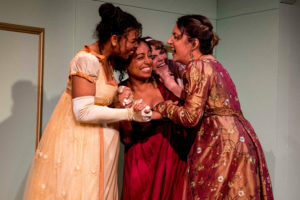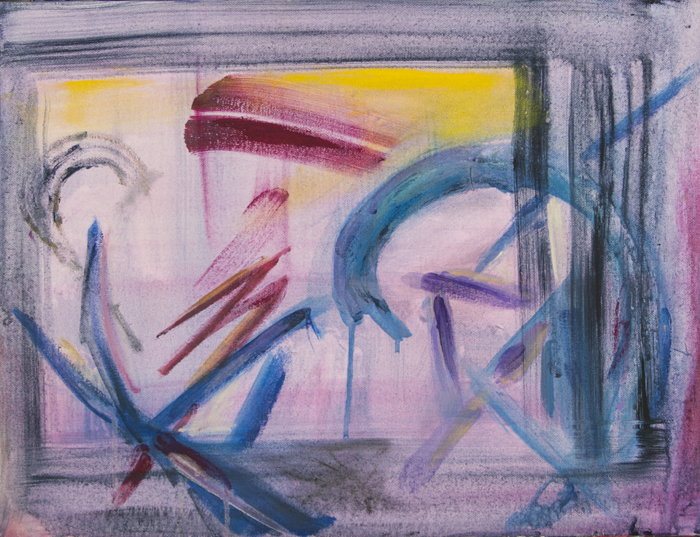About
POSTED: MAY 26, 2000
It’s what you might call a “shticky” situation. The players are brilliant, the play’s a modern classic. But the concept is so big and broad and over-the-top, the entire meaning of the original is lost, buried under every slap-shtick in the book.
In its auspicious premiere production, the Renaissance Theatre Company brought in Joan Schirle to direct. They must’ve known what they were in for. Schirle specializes in physical theater and commedia dell’arte. She is, in fact, a founding member of the Dell’Arte Theater Company in northern California. So it stands to reason that she would paint Samuel Beckett’s “Waiting for Godot” in large, bold strokes. The garish, unsubtle result resembles roadside graffiti.
The play is about two shabby tramps, destitute, stuck in a desolate place, waiting for the elusive Mr. Godot to come and change, maybe even save, their lives. Since the play’s debut in 1952, the characters have frequently been played by comics, vaudevillians or clowns, from Burt Lahr to Steve Martin. But there has to be a silence, a stillness, a sadness to the piece.
These two comic geniuses, Ron Campbell and Matt Walker, are so hilarious, there is no rest, no time to breathe or pause or think… let alone wait. They’re so endlessly amusing, they can’t possibly be bored or tired of waiting (though the spare script tells them to say so repeatedly). They seem to be having a terrific time — and so does the audience — which obscures the whole point of the tragicomedy, and adds about 40 minutes to the production. Only the two appearances of Ron Choularton as the hapless, hopeless Lucky seem true to the heart of the original. As his monstrous master, Ollie Nash is brash and boisterous, but not very frightening or ominous. It’s just another star performance.
Setting the piece in an abandoned theater also doesn’t enhance or serve the play in any meaningful way.
If the intention was to amuse an audience, the production is a smashing success. But if there was any hope of making anyone think, or consider the characters’ or their own existential angst, well, let’s just say that, along with the Big Apple and the Fern Street, the Circus has come to town.
©2000 Patté Productions Inc.





